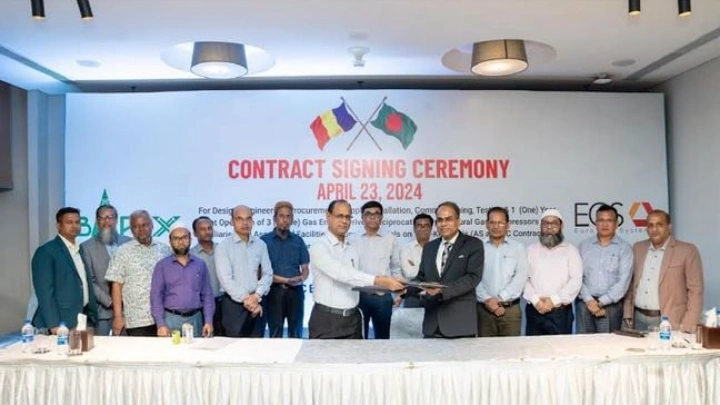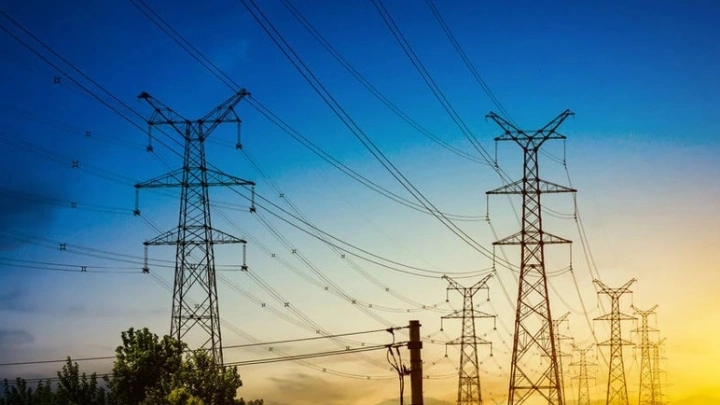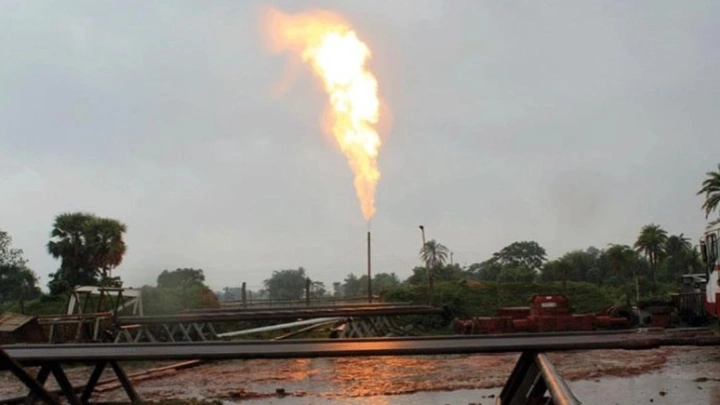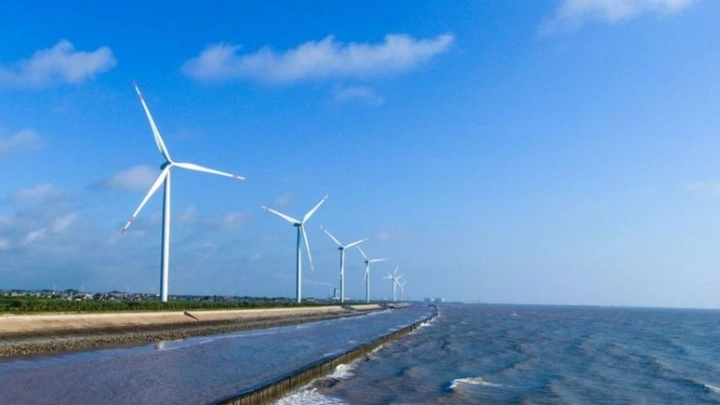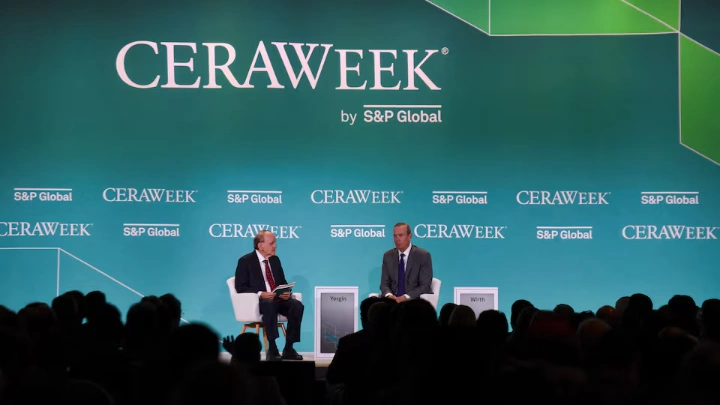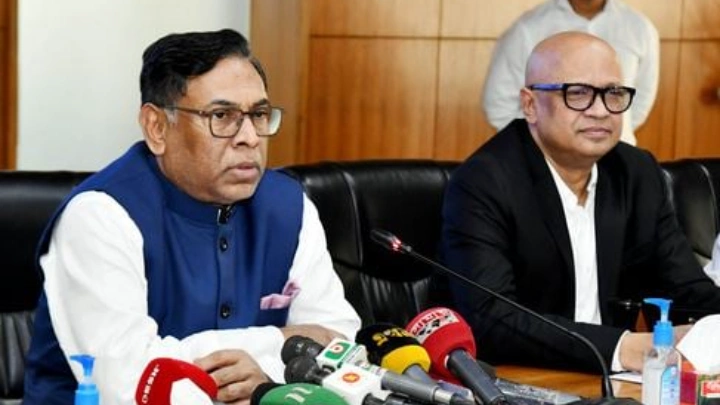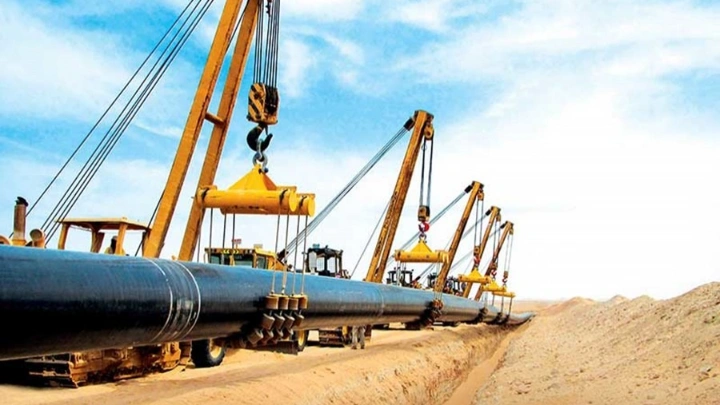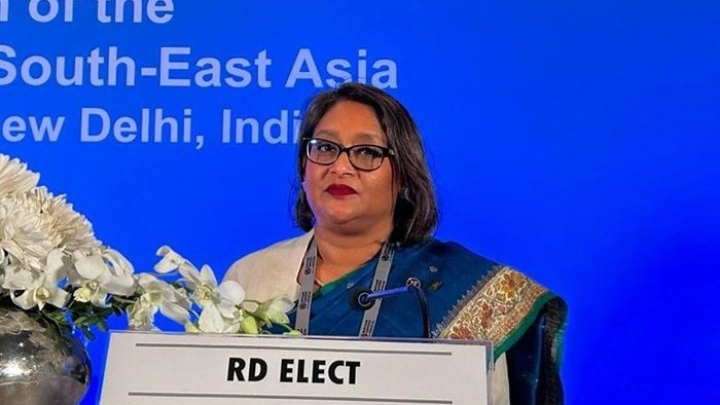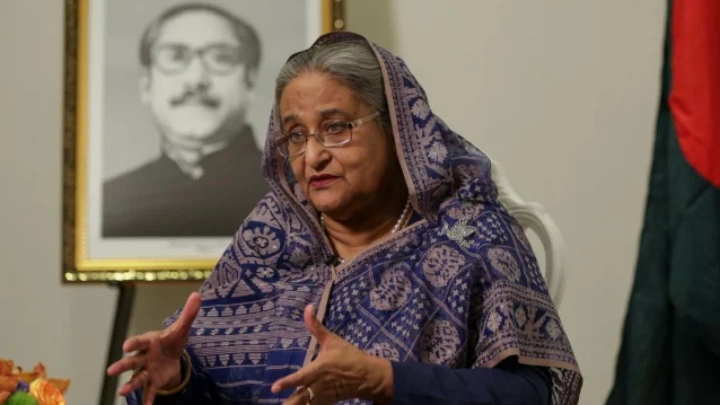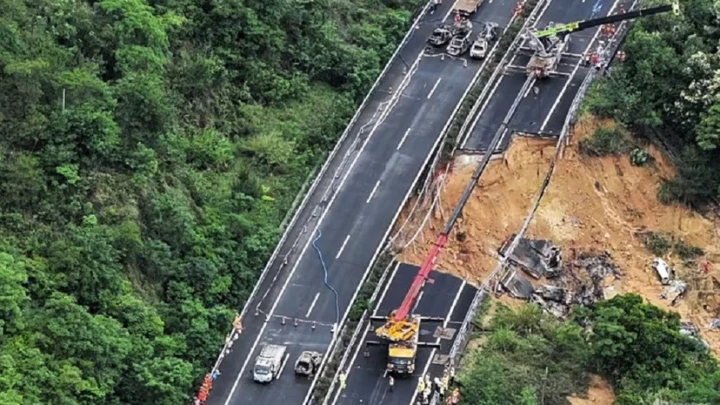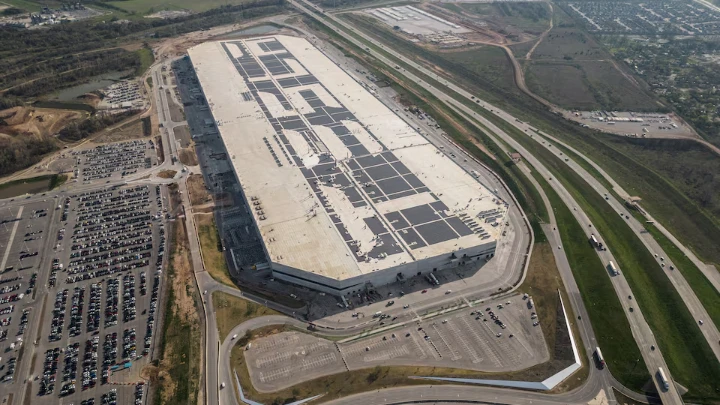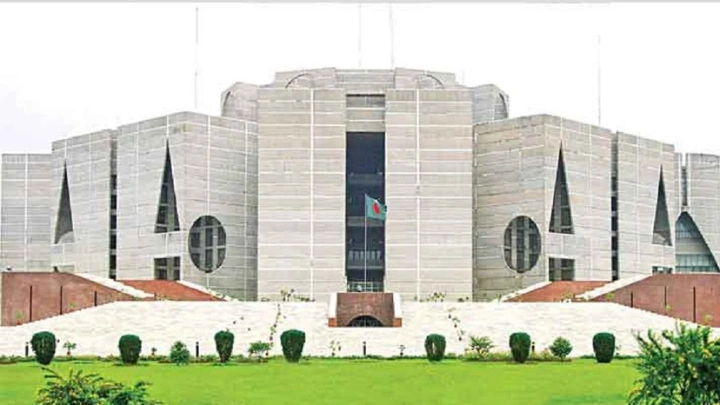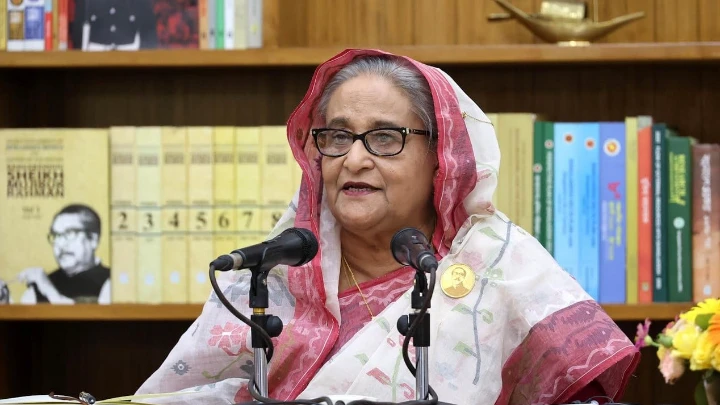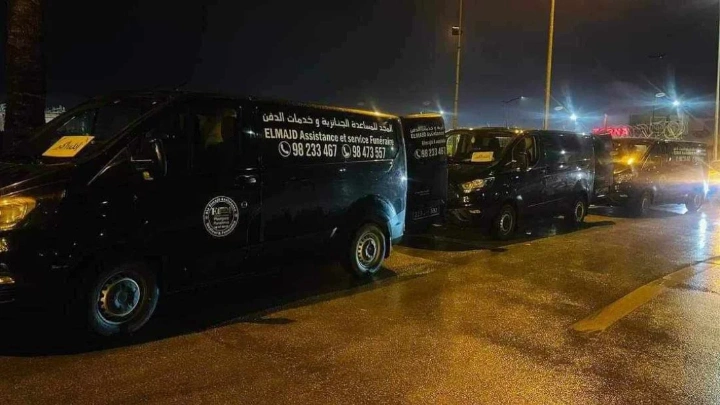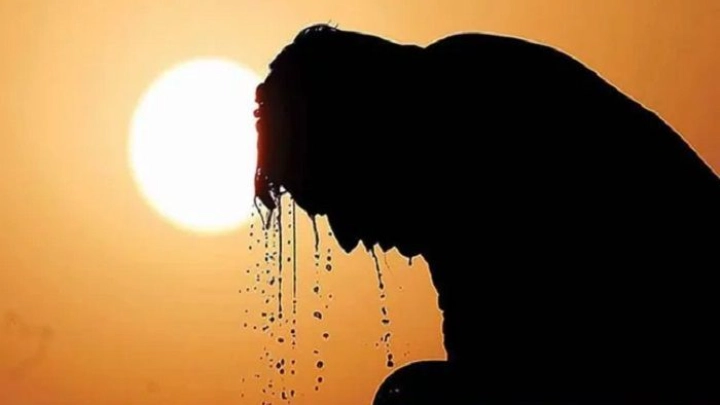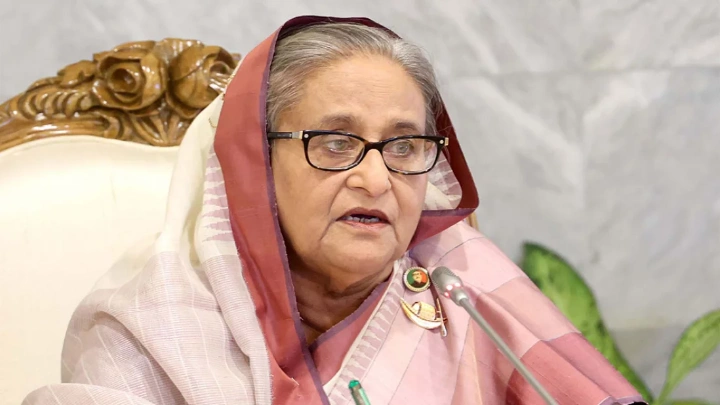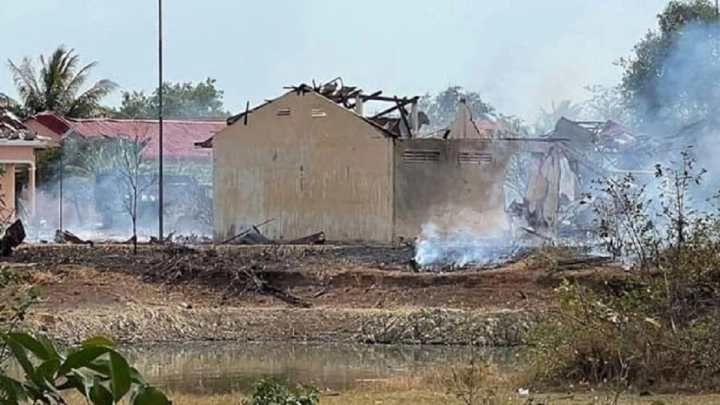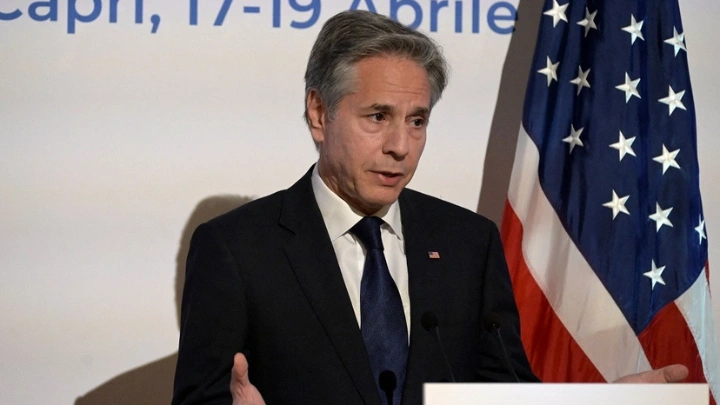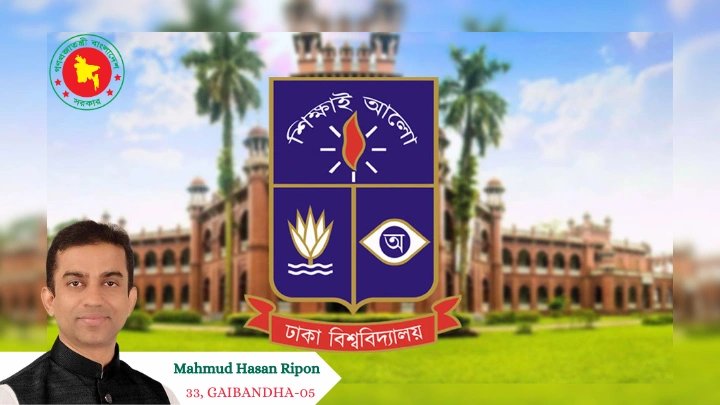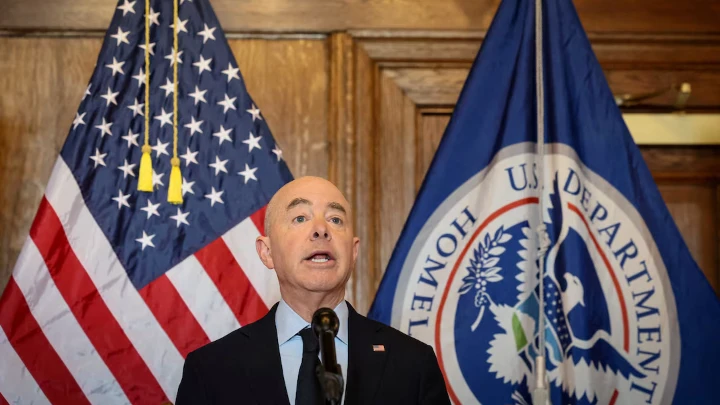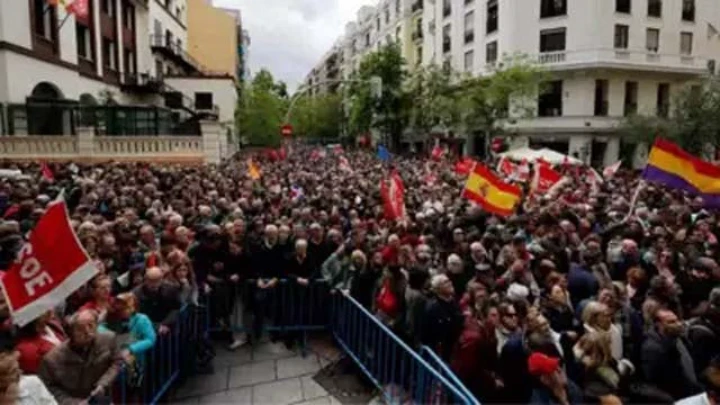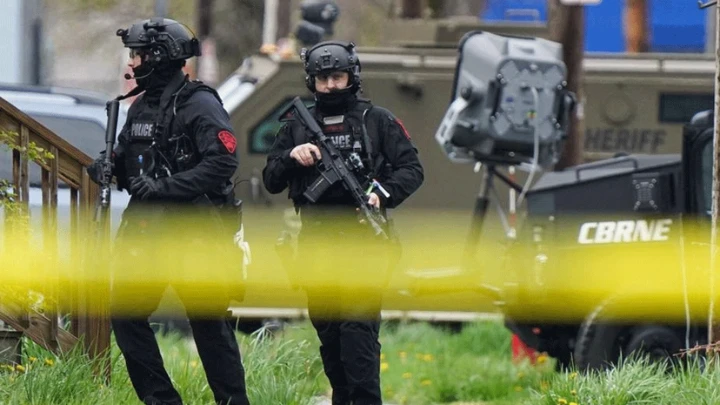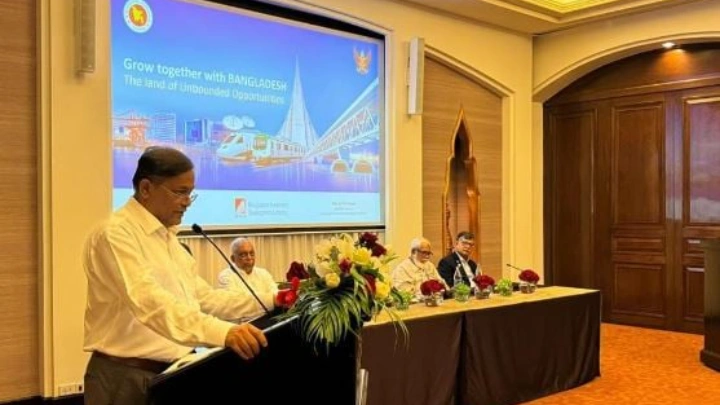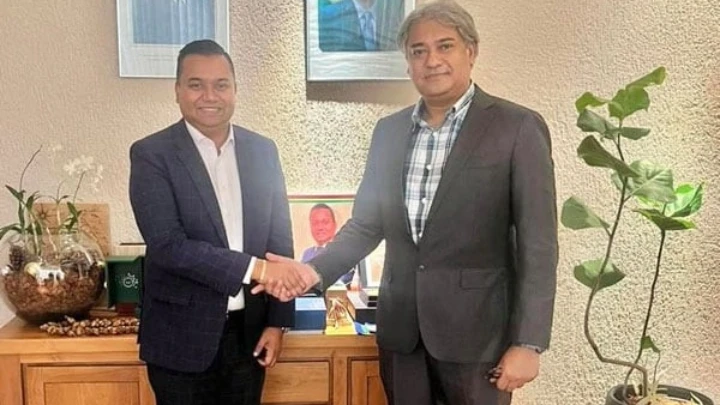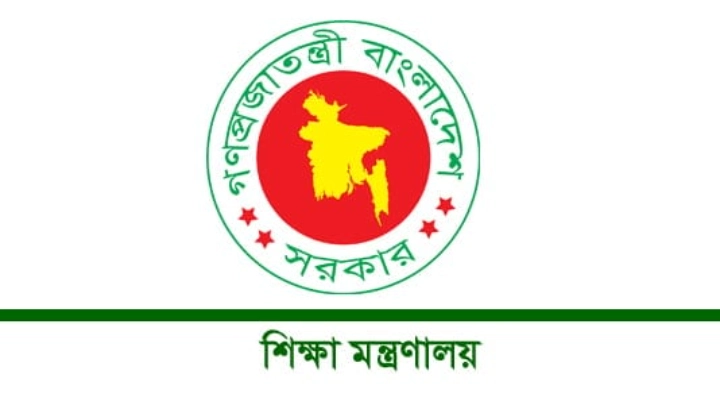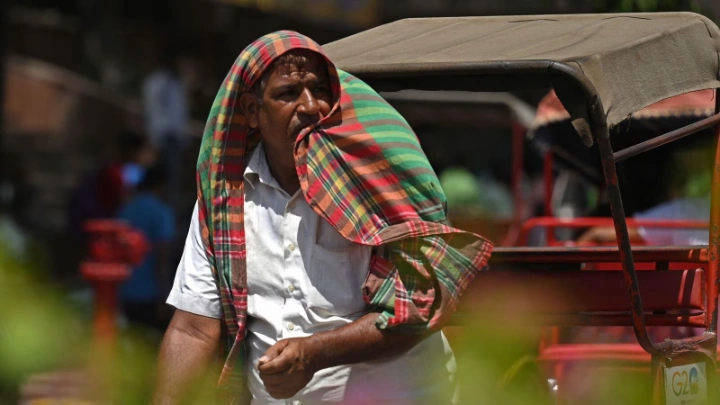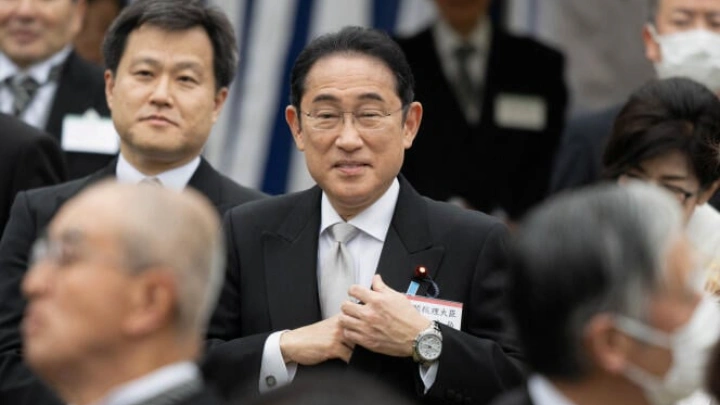A glance at Rooppur Nuclear Power Plant
DhakaTribune || Shining BD
The Awami League, in its 2008 electoral manifesto, committed to establishing the Rooppur Nuclear Power Plant in Ishwardi, Pabna.
Honouring this commitment after taking office, the party fulfilled its promise, marking Bangladesh's first step in nuclear power generation.
The first unit of the power plant will officially receive a fresh batch of uranium from the Russian contractor, Rosatom, at a formal Graduation Ceremony on Thursday.
Both Prime Minister Sheikh Hasina and Russian President Vladimir Putin will virtually attend the handover ceremony.
Interestingly, the country’s first nuclear power plant construction was first initiated in 1961 by the then-Pakistan government. However, the project faced various challenges and difficulties over the years and could not be completed.
After enduring 62 years of ups and downs and witnessing significant historical changes, the project is finally nearing completion.
Through this historic commissioning on Thursday, Bangladesh is going to step into the era of uranium fuel, marking a new chapter in its history.
Origins of the power plant: Before Liberation War
In 1961, during the then-Pakistan government's tenure, the initial initiative to build a nuclear power plant was taken.
Between 1962 and 1968, the Rooppur area in Ishwardi, Pabna, near the Padma River in former East Pakistan, was chosen as the site for the country's first nuclear power plant.
Several reviews were conducted at the time to verify the feasibility of the project.
For the nuclear power plant project, 260 acres of land were acquired, and an additional 32 acres were taken for residential purposes.
Partial development works, including office buildings, rest houses, an electrical substation, and some residential units, were completed.
However, in 1969-1970, the then-Pakistan government decided to cancel the implementation of this 200MW power production project.
After Liberation War
After Bangladesh gained independence in 1971 following the Liberation War, the Father of the Nation Bangabandhu Sheikh Mujibur Rahman, retook the initiative to construct the 200-megawatt nuclear power plant.
From 1977 to 1986, MS Sofratom conducted a feasibility study and found the Rooppur site suitable for constructing a nuclear power plant.
The Executive Committee of National Economic Council (Ecnec) approved a 125MW nuclear power plant project. However, due to some constraints and limitations,
that plan could not be implemented.
In 1987-1988, two companies from Germany and Switzerland conducted a second feasibility study and justified that the Rooppur site was technically, economically and financially feasible for a 300-500MW nuclear power plant.
Between 1997 and 2000, the then Bangladesh Atomic Energy Commission (BAEC) Chairman Dr MA Wazed Miah took a fresh initiative to construct a nuclear power plant with a capacity of 600MW.
Bangladesh Nuclear Power Action Plan was approved by the government in 2000.
2008-2012: From Awami League’s manifesto to atomic energy act
In the Awami League's 2008 election manifesto, they pledged to build the Rooppur Nuclear Power Plant in Ishwardi, Pabna.
Once in power, the party started Bangladesh's first nuclear power project.
Under a development program titled as “Accomplishment of Essential Activities for the Implementation of Rooppur Nuclear Power Plant Project”, steps were taken to perform the primary preparatory works and development of nuclear infrastructures.
A memorandum of understanding (MoU) on “Cooperation in Using Nuclear Energy for Peaceful Purpose” was signed on May 13, 2009, between BAEC and Russia's state-owned atomic company Rosatom.
A framework agreement on “Cooperation in Using Nuclear Energy for Peaceful Purpose” was signed between Bangladesh and the Russian Federation on May 21, 2010.
To ensure the smooth execution of the project, under the leadership of Prime Minister Sheikh Hasina, a national committee, a technical committee led by the science and technology minister, and a working group headed by the secretary of the Ministry of Science and Technology were formed, along with eight sub-working groups.
The decision to build the Rooppur Nuclear Power Plant was approved in the parliament on November 10, 2010.
In December 2010, the former director general of the International Atomic Energy Agency (IAEA), Yukiya Amano, visited Bangladesh and committed full support from the IAEA for the Rooppur project.
An intergovernmental agreement (IGA) between the Bangladesh government and the Russian Federation on cooperation concerning the construction of the Rooppur NPP was signed on November 2, 2011.
From November 9-15, 2011, an IAEA Integrated Nuclear Infrastructure Review (INIR) mission was conducted to evaluate the overall status of Bangladesh's nuclear infrastructure.
The Bangladesh Atomic Energy Regulatory Act, 2012 was passed in the parliament on June 19, 2012.
RNPP's first phase construction inaugurated
On January 15, 2013, during Prime Minister Sheikh Hasina's visit to Russia, a state export credit agreement was signed for the preparatory work of the Rooppur Nuclear Power Plant.
Based on the signed intergovernmental agreement (IGA) and the state export credit agreement, the Rooppur Nuclear Power Plant establishment (first phase) project was adopted.
On October 2, 2013, Prime Minister Sheikh Hasina formally inaugurated the first phase of the construction of the Rooppur Nuclear Power Plant.
Formation of NPP act, NPCBL
On September 16, 2015, the Nuclear Power Plant Act 2015, which contains provisions for the establishment and management of an operating organization for the nuclear power plant, was issued.
On August 18, the Nuclear Power Plant Company Bangladesh Limited (NPCBL) was formed for the establishment and operation of the Rooppur Nuclear Power Plant and other nuclear power plants.
Another agreement was signed on December 25 for the execution of the main phase of the Rooppur Nuclear Power Plant project.
From May 10-14, 2016, a follow-up mission was conducted to review the progress in implementing the IAEA's recommendations on establishing the necessary nuclear infrastructure for the construction of the Rooppur Nuclear Power Plant.
On June 21, 2016, the Bangladesh Atomic Energy Regulatory Authority granted a site licence for the Rooppur Nuclear Power Plant.
A meeting of the Joint Coordination Committee (JCC) between Russia and Bangladesh concerning the Rooppur Nuclear Power Plant project was held in Dhaka on June 22, 2016.
This meeting made key decisions regarding the supply, management, operation and maintenance of fuel for the Rooppur Nuclear Power Plant.
Bangladesh and Russian governments signed the intergovernmental credit agreement for the construction of the Rooppur NPP on July 26, 2016.
An agreement between the Russian Federation and Bangladesh on “Cooperation Concerning Return of Spent Nuclear Fuel from Rooppur Nuclear Power Plant to Russian Federation” was signed on March 15, 2017.
An intergovernmental agreement between the Bangladesh government and the Indian government on “Cooperation in the Peaceful Use of Nuclear Energy” and an inter-agency Agreement between the Global Centre for Nuclear Energy Partnership (GCNEP), India’s Department of Atomic Energy and Bangladesh Atomic Energy Commission on “Cooperation Regarding Nuclear Power Plant Projects in Bangladesh” was signed on April 8, 2017.
Satisfaction over the plant construction
On July 3, 2017, Yukiya Amano visited the construction site of the Rooppur Nuclear Power Plant.
At that time, he expressed satisfaction that the plant followed all international standards.
An agreement between the Bangladesh government and the Russian Federation on “Cooperation Concerning Return of Spent Nuclear Fuel from Rooppur Nuclear Power Plant to Russian Federation” was signed on August 30, 2017.
The Bangladesh Atomic Energy Control Authority (BAERA) issued the design and construction licence for Rooppur NPP Unit-1 in favour of the Bangladesh Atomic Energy Commission on November 4, 2017.
On 30 November 2017, Prime Minister Sheikh Hasina inaugurated the concrete pouring of the first unit of the Rooppur Nuclear Power Plant.
Nuclear reactor pressure vessels inaugurated
On October 10, 2021, and October 18, 2022, Prime Minister Sheikh Hasina inaugurated the work to install the nuclear reactor pressure vessels for the first and second units of the power plant.
She participated virtually from Ganabhaban in both events. Rosatom Director General Aleksey Likhachev was present at the event under the chairmanship of Science and Technology Minister Architect Yeafesh Osman in Rooppur.
Nuclear Fuel Batch Celebration
The first batch of fresh uranium, the nuclear fuel of the first unit of the Rooppur Nuclear Power Plant, was taken from Dhaka to the project site on September 29, 2023.
Director General of the Russian State Atomic Energy Corporation Rosatom, Alexey Likhachev, will hand over the fuel officially to the project authority in the Rooppur project.
Science and Technology Minister Architect Yeafesh Osman will preside over the function while Rafael Mariano Grossi, director general of International Atomic Energy Agency (IAEA) will join the ceremony through video conference.
Project director Dr Mohammad Shawkat Akbar and other sources reported that foreign nationals working on the project, including Russians, reside in the Green City Housing project and various events have been organized for them which will continue until October 6.
During a visit to the Green City Housing project on Tuesday, Science and Technology Minister Architect Yeafesh Osman said that the Rooppur Nuclear Power Plant is Bangladesh's greatest achievement since its independence.
With this, Bangladesh has become the 33rd nuclear power country and has gained the capability to work with this technology, he added.
Anticipated Power Production in 2024 and 2025
The construction of the two units of the Rooppur Nuclear Power Plant, spread over 1,062 acres of land, is nearly in its final stages. Officials have indicated that it will be possible to commence operations as scheduled.
In March 2024, the first unit of the Rooppur Nuclear Power Plant is set to begin producing 1,200MW of electricity.
By mid-2025, the second unit is also expected to start producing a similar amount of power.
The electricity produced by this project will be added to the national grid.
Those involved hope that this will significantly contribute to meeting the country's power deficit.
Shining BD


